5 Big Moon missions that are set to take off in 2023; NASA to ISRO, space race is on!
From NASA to ISRO, these are the 5 big Moon missions you can look forward to in 2023.
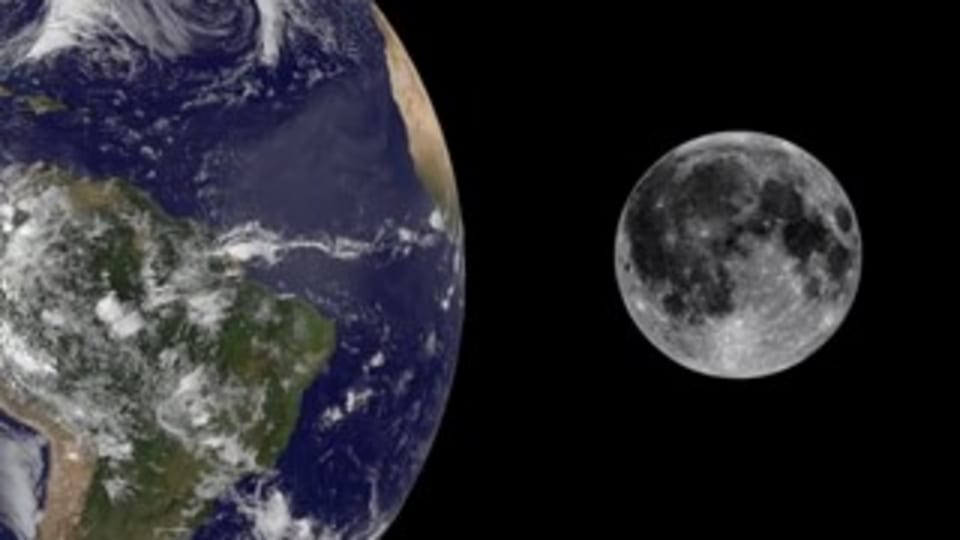
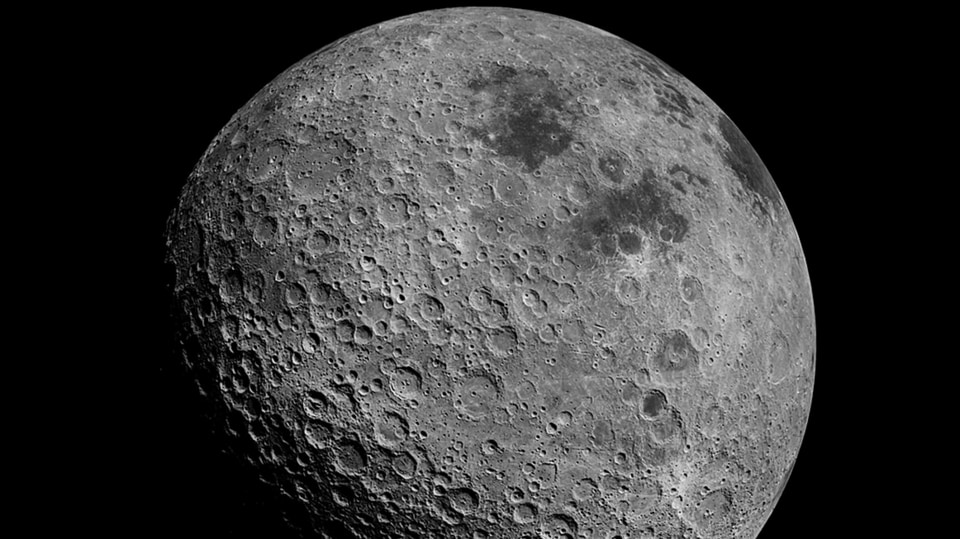
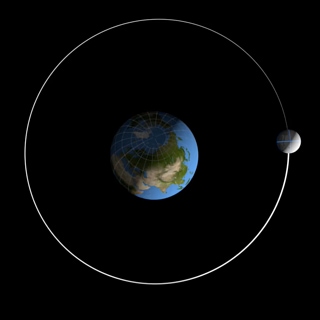
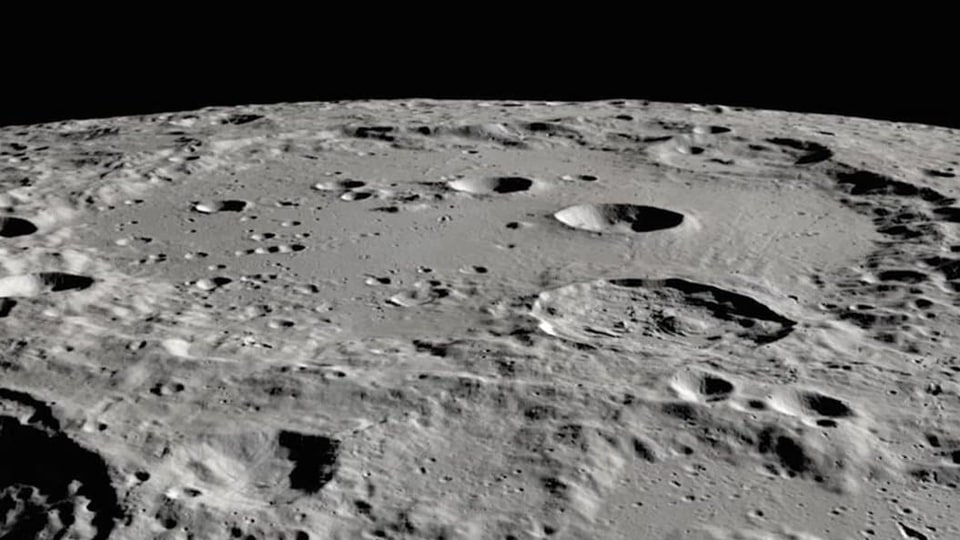
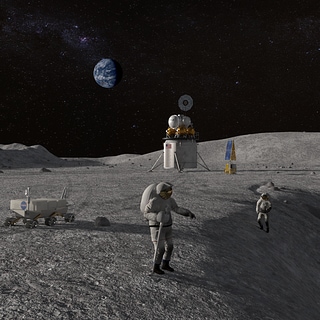

 View all Images
View all ImagesFrom observing the farthest galaxy from Earth (GN-z11) to shifting the orbit of an asteroid by striking it with a spacecraft, scientists reached many new milestones in 2022. But it appears that the Moon will be the center of all attention in 2023. Many space agencies are looking at our sole natural satellite as a destination to visit and explore. While the Moon race between the USA and Russia ended decades ago, we still remember when Neil Armstrong and Edwin Aldrin landed on the lunar surface. Now, a new space race is building up. And from NASA to Indian Space Research Organization (ISRO) are all participating. Read on to know about the 5 big Moon missions setting up in 2023.
NASA Lunar Flashlight
Roughly the size of a briefcase, Lunar Flashlight is a very small satellite which was launched on December 11. The satellite has been equipped with near-infrared lasers and spectrometers which will map ice in permanently shadowed regions near the Moon's south pole. The reason behind the mission is to look for the presence of water ice deposits inside craters that would be an valuable in-situ resource for future Artemis missions to the lunar surface. It will reach the Moon in the next three months.
Chandrayaan-3
Chandrayaan-3 comes after the ambitious Chandrayaan-2 mission back in July 2019 that eventually failed to execute a proper landing for the Pragyaan rover. Chandrayaan-2 used the most advanced GSLV-Mk 3 geosynchronous launch vehicle but the mission failed after Vikram lander crashed onto the lunar surface on September 7, 2019. However, the follow up mission may finally put a rover on the Moon in 2023.
Hakuto-R mission by iSpace
Hakuto-R is a lunar lander developed by iSpace, a private Japanese company specializing in robotic spacecraft technologies. The mission was launched on December 11 along with NASA Lunar Flashlight and Rashid Rover, the first lunar rover by the United Arab Emirates. The rover is also in contention for being the first private spacecraft to land on the Moon. It is headed for the Atlas crater.
Luna 25 by Roscosmos
Russian space agency Roscosmos plans to launch the Luna 25 mission to the Moon in July 2023 which will follow up after the Luna 24 mission that took place in 1976. The main objective of the mission is to test the technology of lunar landing. The spacecraft will land in the south pole of the Moon in a crater called Boguslavsky.
dearMoon
Elon Musk-led SpaceX is also likely to take off for its maiden voyage to the lunar surface in 2023. While a launch date has not yet been finalized, it can reach the Moon in just eight days. The mission will take a group of eight people to the Moon and back. The Japanese billionaire Yusaku Maezawa has bought all the tickets to this trip and has recruited people from all over the world to join him for this trip. From India, actor Dev Joshi has been selected for this trip.
Catch all the Latest Tech News, Mobile News, Laptop News, Gaming news, Wearables News , How To News, also keep up with us on Whatsapp channel,Twitter, Facebook, Google News, and Instagram. For our latest videos, subscribe to our YouTube channel.





























